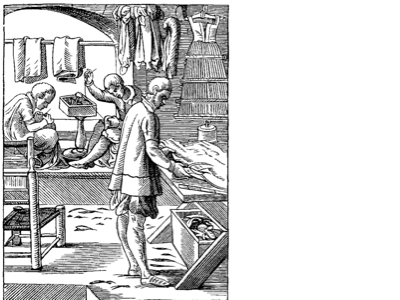Sign up for FlowVella
Sign up with FacebookAlready have an account? Sign in now
By registering you are agreeing to our
Terms of Service
Loading Flow

Guilds
Merchants and artisans organized associations called guilds. Merchant guilds appeared first and dominated town life. In time, the artisans came to resent the powerful merchants and organized craft guilds, with separate guilds for different occupations. Guild members cooperated to protect their own economic interests, and membership was limited. Each trade restricted work to members of that trade's guild. Guilds made rules to protect the quality of goods, regulate hours of labor, and regulate prices. Guilds also provided social services like opening schools and hospitals. They looked after their members and provided support for members who were widows or orphans. To become a guild member, you have to start out as an apprentice, or trainee, to a guild master. The apprentice then spent about eight years learning the trade. The master gave no money to the apprentice but provided food and housing. The apprentices then worked for guild members as a journeymen, or salaried workers. Women dominated some trades and even had their own guilds in trades such as ribbon making and paper making.
